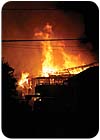
The surge in new construction in this country has prompted specifiers to evaluate alternative building materials that satisfy a never-ending demand for the timely and economical completion of projects. CPVC (chlorinated polyvinyl chloride), as an example, is in greater demand than ever before primarily because of its ability to produce a lower installed cost and more reliable, lower maintenance service life. Today, CPVC plumbing and fire sprinkler pipe are found in many commercial applications, including high-rise, hotels/motels, college dorms, hospitals and multi-family housing.
As local, state and national building codes become more stringent, it is important to continually verify material performance, not only from a quality perspective, but also from a safety viewpoint. During its 45-year history of use within the marketplace, CPVC has undergone more testing and has been subject to closer scrutiny than other piping materials with regard to how its use impacts the safety of occupants during a fire.

CPVC Fire Performance
In evaluating more than five decades of U.S. fire incident data, there has been no link shown between CPVC pipe and unusual fire ignition or fire spread. This is not surprising, considering the physical properties of CPVC, which include:
"
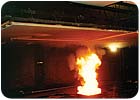
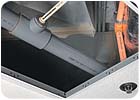
Firestopping With CPVC
Major building codes require that a fire-resistive wall or floor be brought back to its original integrity when penetrated. Firestopping is the use of building materials in items such as pipes, ducts, conduits or cables that prevent the spread of flames, heat or hot gases through penetration of fire-rated walls, ceilings or floors. Because firestop products, which through "F"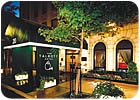
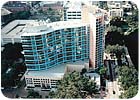
Conclusion
The vast amount of research and testing performed on CPVC piping systems over the years demonstrates its excellent performance and suitability for use in fire-resistive construction. Based on all the testing data, as well as more than 45 years of performance in a wide array of demanding applications, it should be concluded that CPVC piping can be used without any additional fire risk concerns.
More important from a life safety standpoint is the fact that the economics of CPVC have allowed the introduction of life-saving fire sprinkler systems into numerous classes of buildings where costs of other piping materials prohibited the installation of such systems.